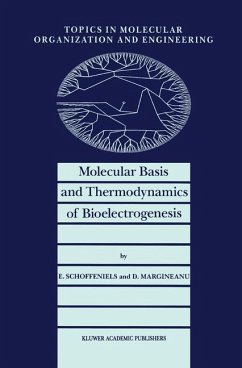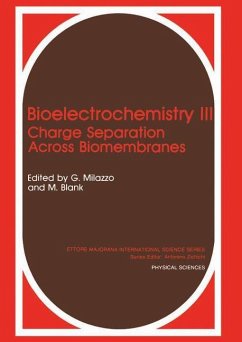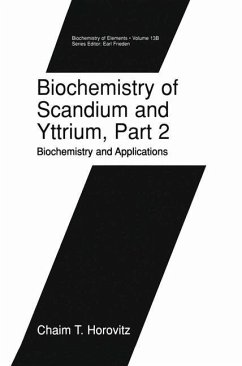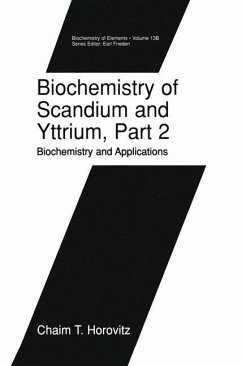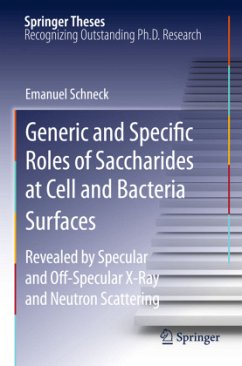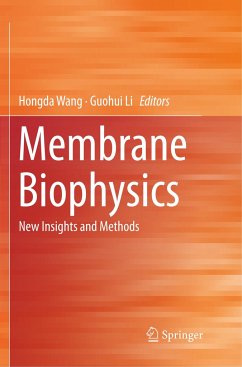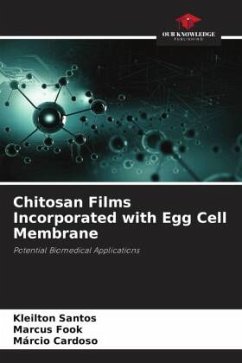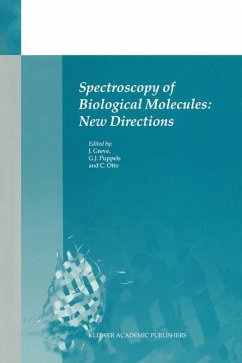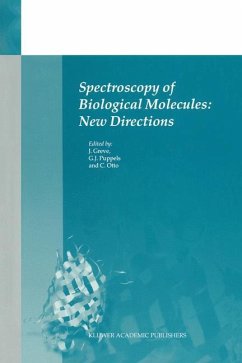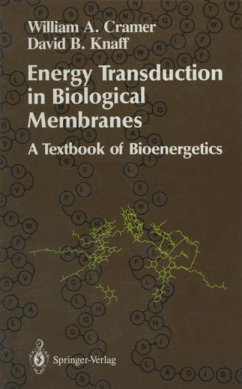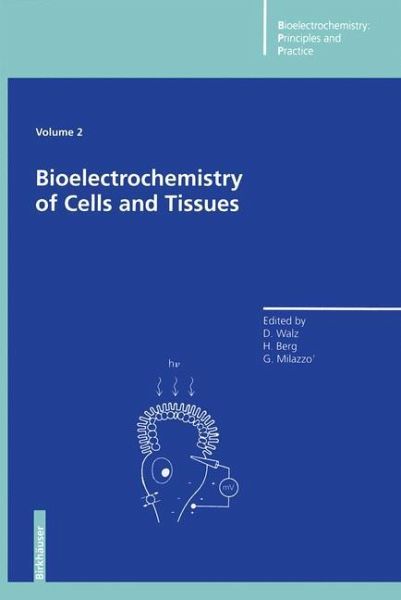
Bioelectrochemistry of Cells and Tissues
Versandkostenfrei!
Versandfertig in 1-2 Wochen
77,99 €
inkl. MwSt.

PAYBACK Punkte
39 °P sammeln!
Bioelectrochemistry: Principles and Practice provides a comprehensive compilation of all the physicochemical aspects of the different biochemical and physiological processes. The role of electric and magnetic fields in biological systems forms the focus of this second volume in the Bioelectrochemistry series. The most prominent use of electric fields is found in some fish. These species generate fields of different strengths and patterns serving either as weapons, or for the purpose of location and communication. Electrical phenomena involved in signal transduction are discussed by means of tw...
Bioelectrochemistry: Principles and Practice provides a comprehensive compilation of all the physicochemical aspects of the different biochemical and physiological processes. The role of electric and magnetic fields in biological systems forms the focus of this second volume in the Bioelectrochemistry series. The most prominent use of electric fields is found in some fish. These species generate fields of different strengths and patterns serving either as weapons, or for the purpose of location and communication. Electrical phenomena involved in signal transduction are discussed by means of two examples, namely excitation-contraction coupling in muscles and light transduction in photoreceptors. Also examined is the role of electrical potential differences in energy metabolism and its control. Temporal and spatial changes of the potential difference across the membranes of nerve cells are carefully evaluated, since they are the basis of the spreading and processing of informationin the nervous system. The dielectric properties of cells and their responses to electric fields, such as electrophoresis and electrorotation, are dealt with in detail. Finally, the effects of magnetic fields on living systems and of low-frequency electromagnetic fields on cell metabolism are also considered. Further volumes will be added to the series, which is intended as a set of source books for graduate and postgraduate students as well as research workers at all levels in bioelectrochemistry.





